News
-

5 Reasons Why Lithium Batteries Should Not Be Fully Discharged
In our daily life, we use a lot of rechargeable lithium batteries. They allow us to get rid of the constraints of wires and enjoy sufficient energy anywhere. Maybe you have noticed that some manufacturers recommend that you do not use the battery until it is completely exhausted before recharging...Read more -
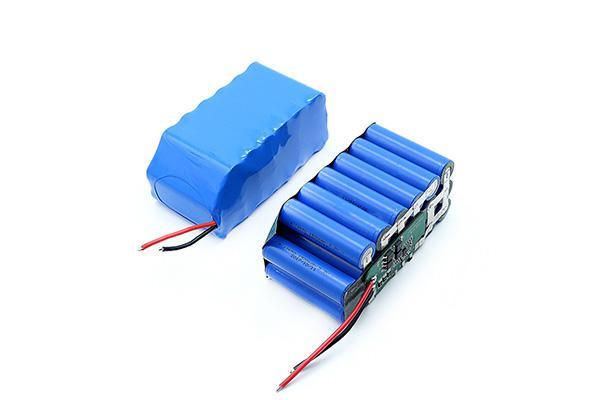
What is Battery PCB?
When it comes to powering modern electronics, lithium batteries take center stage. However, what keeps these batteries safe and efficient? Enter the Battery PCB Protection Board—an essential component designed to ensure safety and optimal performance. Without it, the risk of battery damage or eve...Read more -

The Best Airgun Batteries: Key Features, Precautions, and Why PKNERGY is the Ideal Supplier
For businesses involved in the production, distribution, or sale of airguns, selecting the right batteries is crucial to ensure the performance and safety of your products. Airgun batteries, especially lithium-based options like LiPo (Lithium Polymer) and Li-Ion (Lithium Ion), are integral to the...Read more -

What is the Best Vape Battery?
A Vape Battery (electronic cigarette battery) is an essential component of an e-cigarette, providing power to the atomizer to heat the e-liquid and produce vapor. Choosing the right Vape Battery is crucial to ensuring the best vaping experience. There are various types of Vape batteries on the ma...Read more -
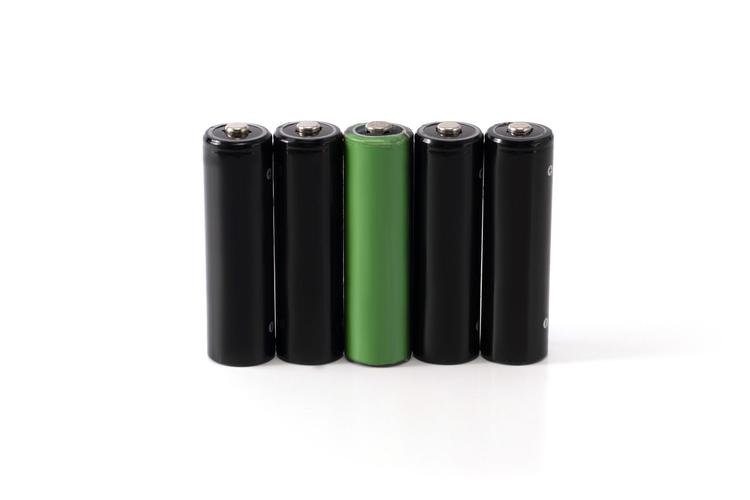
How to Replace the 18650 Battery: Choosing the Right Alternative
The 18650 battery is a common cylindrical lithium battery with a size of 18mm in diameter and 65mm in length. Its nominal voltage is usually 3.7V, and its capacity ranges from 2000mAh to 5000mAh. Due to its widespread use in various devices, such as power tools, electric toys, and laptops, many p...Read more -

Why do lithium batteries made of different materials have different voltages?
Electrode Potential Difference The voltage in a lithium battery is determined by the electrode potentials of the materials used. Differences in electrode potentials lead to variations in the battery’s voltage. The positive electrode of a lithium-ion battery is typically made of lithium meta...Read more -

How to clean battery corrosion?
Battery terminal corrosion is a common maintenance issue, especially in automotive, power tools, and other electronic devices. Corrosion not only affects the battery’s performance but can also damage connection components and even cause the battery to malfunction. Theref...Read more -
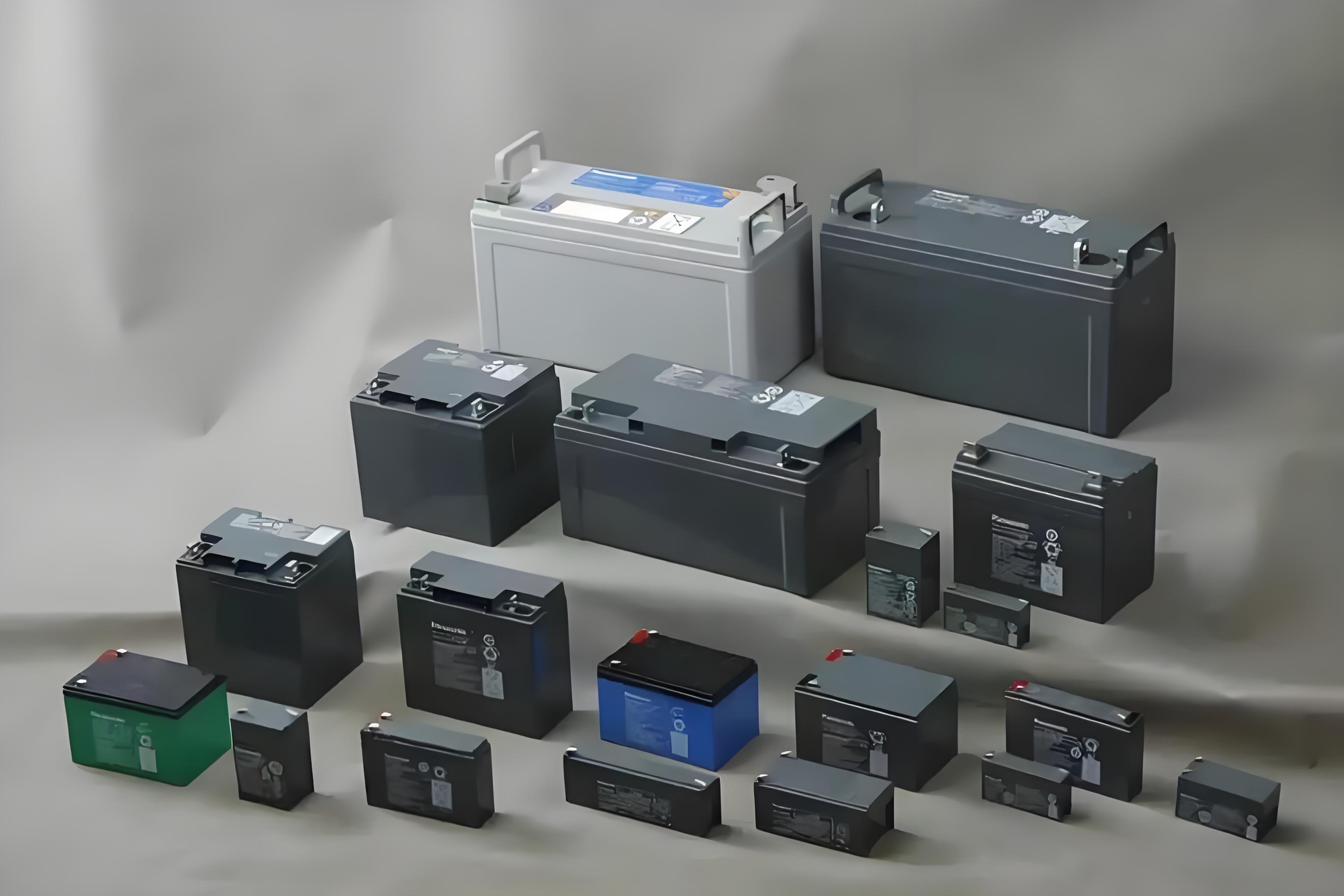
12V 100Ah vs 48V 100Ah Batteries
When choosing an energy storage system or electric equipment, understanding the characteristics of different battery configurations is crucial. The 12V 100Ah and 48V 100Ah batteries are two common configurations, each with differences in capacity, voltage, application, and performance. This artic...Read more -

Why do batteries overheat and how to avoid it?
Battery overheating is an important issue that can occur during battery use, especially when there is high power output or prolonged use. Overheating can not only cause battery performance degradation but also pose safety risks, such as fire or explosion. Therefore, understanding the causes, symp...Read more -
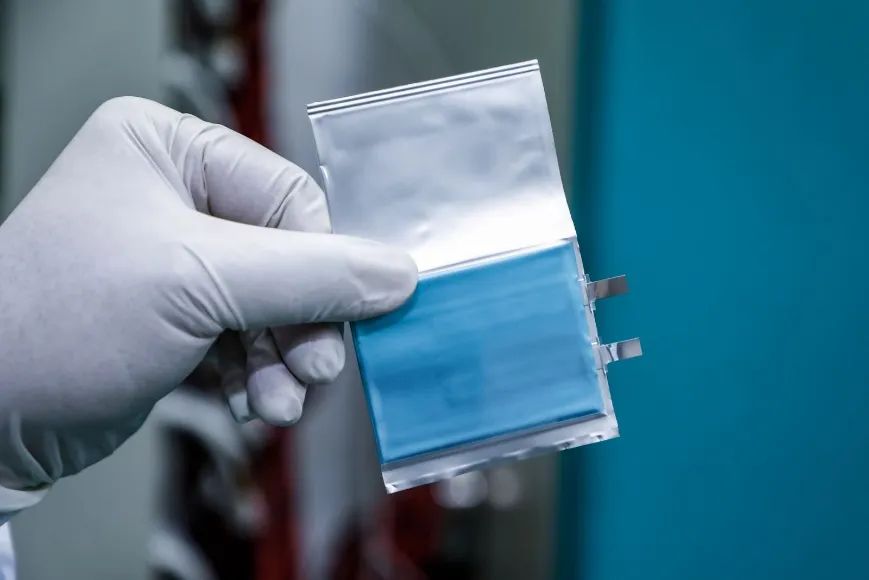
lipo Battery Manufacturing Process
Soft-pouch lithium-ion batteries are widely used in portable electronic devices due to their high safety, energy density, and design flexibility. The manufacturing process involves several critical steps: 1. Material Preparation The key materials required for battery production include: Cathode ...Read more -

Causes, effects and solutions of lithium battery heating
Rechargeable batteries are an indispensable source of power in our daily lives. Their ability to undergo multiple charge and discharge cycles reduces the waste and pollution caused by non-rechargeable batteries. For instance, the commonly used 18650 lithium-ion battery offers higher energy densit...Read more -
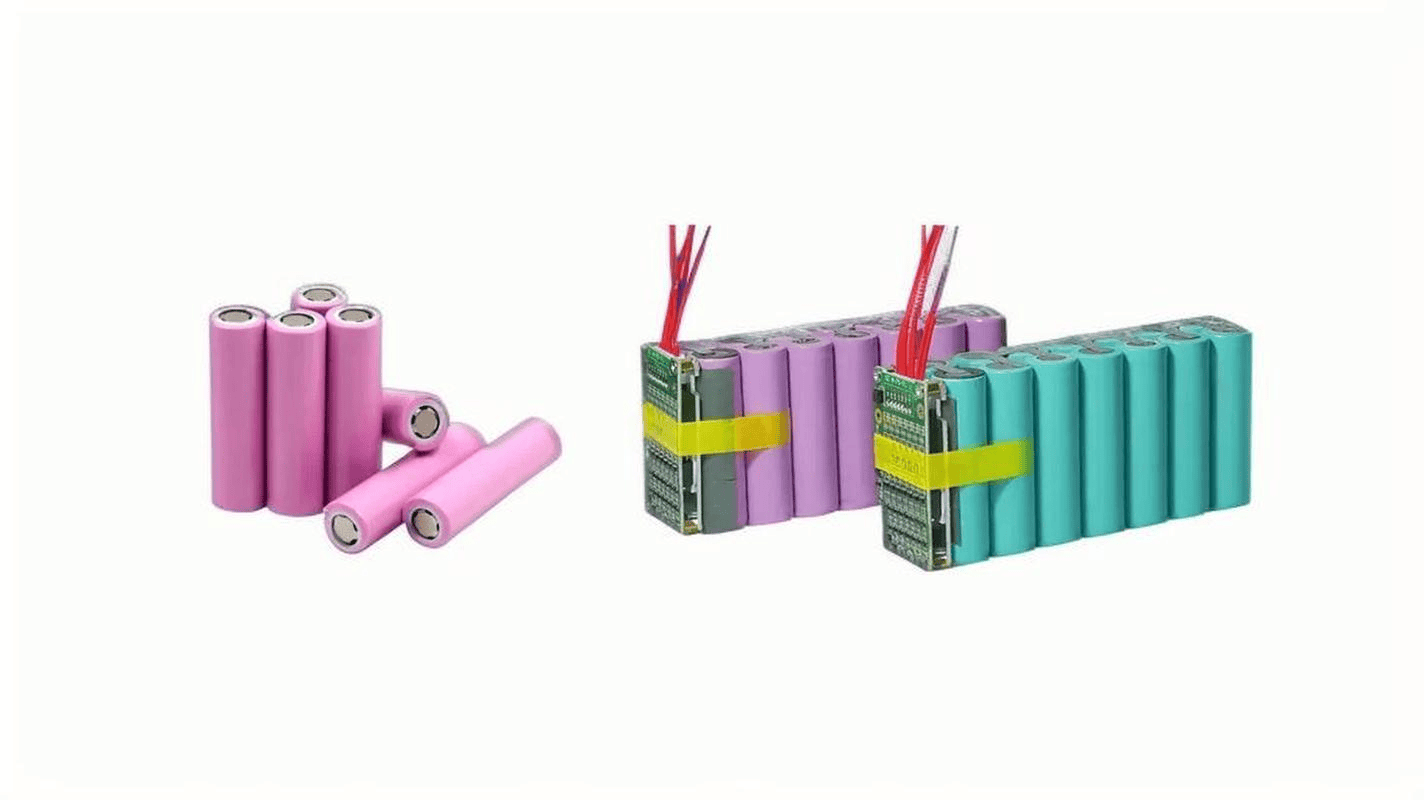
How to Distinguish Battery Cells, Battery Modules, and Battery Packs?
With the growing demand for energy storage solutions, it’s essential to understand the different components that make up a battery system. Battery cells, modules, and packs are terms commonly used in the industry, but they refer to different stages in the battery system. Understanding how these c...Read more
